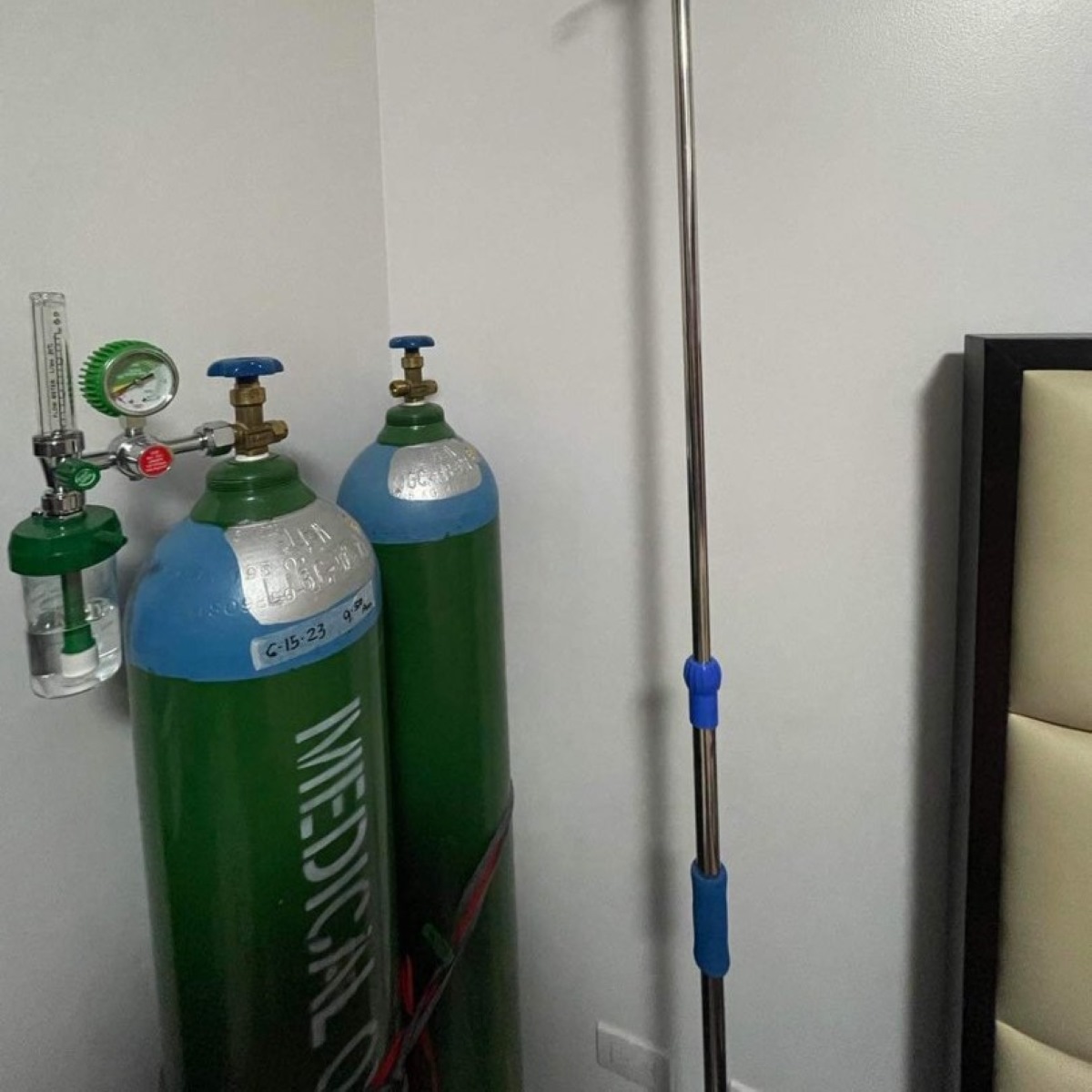

Articles
How To Store Oxygen Tanks
Modified: December 7, 2023
Learn the best methods for storing oxygen tanks safely and efficiently. Read helpful articles and expert tips on oxygen tank storage.
(Many of the links in this article redirect to a specific reviewed product. Your purchase of these products through affiliate links helps to generate commission for Storables.com, at no extra cost. Learn more)
Introduction
When it comes to storing oxygen tanks, safety and proper organization are of utmost importance. Whether you have a home-based oxygen therapy setup or work in a medical facility that uses oxygen tanks, it is crucial to follow guidelines for storing them correctly. In this article, we will guide you through the process of storing oxygen tanks effectively and safely.
Oxygen tanks are commonly used for medical purposes and are essential for individuals who require supplemental oxygen to breathe. However, these tanks can pose risks if not stored properly. It is crucial to have a designated storage area that meets safety standards and ensures easy access when needed. Additionally, proper maintenance and inspection of the tanks are essential to ensure their optimal functionality.
In the following sections, we will delve into the key considerations for storing oxygen tanks. From choosing the right storage area to handling the tanks safely, we will provide you with comprehensive guidelines that will help keep you and those around you safe and ensure the longevity of the oxygen tanks.
Key Takeaways:
- Proper storage of oxygen tanks is crucial for safety and functionality. Follow guidelines for ventilation, preparation, organization, and maintenance to ensure a secure and efficient setup.
- Emergency preparedness measures are essential for safe oxygen tank storage. Develop evacuation plans, provide staff training, and maintain safety equipment to minimize potential risks.
Read more: How To Store Oxygen Tanks At Home
Choosing the Right Storage Area
When selecting a storage area for oxygen tanks, it’s important to consider several factors to ensure the safety of both the tanks and the individuals around them. Here are some key considerations to keep in mind:
1. Well-ventilated space: The storage area should have adequate ventilation to prevent the buildup of oxygen levels. In case of a leak or malfunction, proper airflow will help disperse the gas and minimize the risk of combustion or explosion.
2. Non-smoking environment: Smoking should be strictly prohibited in the storage area. Oxygen is highly combustible, and even a small spark from a cigarette or an open flame can lead to a dangerous situation. Make sure to designate the storage area as a non-smoking zone and enforce the rule strictly.
3. Fire safety measures: The storage area should be equipped with fire extinguishers and fire alarms to quickly respond to any fire-related emergencies. It’s also important to have clear exit paths and ensure that all individuals in the facility know the locations of fire exits.
4. Away from flammable materials: Oxygen tanks should be stored away from any flammable substances, such as cleaning agents, oils, or aerosol cans. These materials can react with oxygen and increase the risk of fire. Keep the storage area clear of any potential hazards.
5. Secured storage: The storage area should be locked or secured to prevent unauthorized access. This ensures that only authorized personnel are handling and accessing the oxygen tanks, reducing the risk of accidents or misuse.
6. Adequate space: Ensure that there is enough space to store the oxygen tanks without overcrowding. This allows for easy maneuverability and minimizes the chances of accidental damage to the tanks.
7. Avoid basements and lower levels: It is best to avoid storing oxygen tanks in basements or lower levels of buildings, as these areas may have an increased risk of flooding. Moisture can damage the tanks and compromise their integrity.
By carefully selecting the right storage area for your oxygen tanks, you can minimize the potential risks and ensure the safety of everyone involved. Next, we’ll discuss the proper preparation of the tanks before storing them.
Preparing the Oxygen Tanks for Storage
Before you store your oxygen tanks, it is essential to properly prepare them to ensure their integrity and functionality during the storage period. Here are some key steps to follow when preparing your oxygen tanks:
1. Check the expiration dates: Oxygen tanks have an expiration date printed on them. Before storing them, check the expiration dates to ensure that the tanks are still within their usable lifespan. Expired tanks should be properly disposed of according to local regulations.
2. Empty the tanks: If the oxygen tanks are not in regular use, it is advisable to empty them before storage. Slowly release the remaining oxygen by opening the valve and allowing it to dissipate into the air. This step helps minimize the risk of any residual oxygen causing combustion or explosions.
3. Remove any accessories: Take off any accessories or attachments from the oxygen tanks, such as flow meters or tubing. These items can be stored separately and should be kept clean and dry during storage.
4. Label the tanks: Clearly label each oxygen tank with important information such as the date of emptying, expiration date (if applicable), and any other relevant details. This ensures easy identification and helps with inventory management.
5. Clean the tanks: It is important to clean the oxygen tanks before storing them. Use mild soap and water to clean the exteriors, and ensure they are dry before storage. Cleaning helps remove any dirt or debris that may have accumulated on the tanks, promoting hygiene and preventing potential contamination.
6. Inspect for damage: Thoroughly inspect each tank for any signs of damage, such as dents, cracks, or leaks. If you notice any damage, it is crucial to have the tank repaired or replaced before storage. Damaged tanks can compromise safety and should not be used.
7. Store tanks upright: Store the oxygen tanks in an upright position to prevent any strain on the valves or other components. Placing them horizontally or upside down can result in damage and potential gas leaks.
8. Follow manufacturer guidelines: Always refer to the manufacturer’s instructions and guidelines for any specific storage requirements or recommendations. Each manufacturer may have specific instructions for storing their oxygen tanks, and it is important to follow them for optimal safety and maintenance.
By following these preparation steps, you can ensure that your oxygen tanks are in the best possible condition for storage. Next, we will discuss the proper placement and organization of the tanks in the storage area.
Proper Placement and Organization of Oxygen Tanks
Once you have chosen the right storage area and prepared your oxygen tanks, it’s time to focus on their proper placement and organization. Following these guidelines will not only ensure easy access to the tanks but also promote safety and prevent damage or accidents. Here are some key considerations for placing and organizing your oxygen tanks:
1. Secure storage racks or stands: Invest in sturdy storage racks or stands specifically designed for oxygen tanks. These structures will provide stability and prevent the tanks from tipping over. Make sure the racks or stands are securely fastened to the wall or floor to minimize the risk of accidents.
2. Keep tanks off the ground: Avoid placing oxygen tanks directly on the floor. This helps protect the tanks from moisture, dirt, and potential damage. Use pallets or stands to elevate the tanks slightly above ground level.
3. Maintain clear pathways: Ensure that there are clear pathways around the oxygen tanks for easy access and maneuverability. This is especially important in emergency situations where quick responses may be required. Do not block exits, fire extinguishers, or other safety equipment with the tanks.
4. Separate full and empty tanks: If you have both full and empty oxygen tanks, it’s crucial to keep them separated. Label the racks or sections clearly to differentiate between full and empty tanks. This prevents confusion and ensures that only usable tanks are being used.
5. Organize by size and type: Arrange the oxygen tanks in an organized manner, grouping them by size and type. This makes it easier to locate and access specific tanks when needed. It also helps with inventory management and keeps the storage area tidy.
6. Maintain a first-in, first-out system: Implement a first-in, first-out (FIFO) system for your oxygen tanks. This means using the oldest tanks first to prevent expiration and ensure the rotation of tanks in storage. Regularly check the expiration dates and prioritize using the tanks that will expire soonest.
7. Use safety signage: Clearly mark the storage area with safety signage that indicates the presence of oxygen tanks. This will alert individuals about potential hazards and remind them to follow safety protocols within the storage area.
8. Train and educate staff: Ensure that all individuals who have access to the storage area are properly trained on the safe handling and proper organization of oxygen tanks. Educate them about the potential risks and the importance of following established guidelines and procedures.
By following these guidelines for proper placement and organization, you will create an efficient and safe storage system for your oxygen tanks. In the next section, we will discuss the importance of proper ventilation in the storage area.
Ensuring Proper Ventilation
Proper ventilation is crucial when it comes to storing oxygen tanks safely. Adequate airflow helps to prevent the buildup of oxygen levels, reducing the risk of combustion or explosion. Here are some important considerations to ensure proper ventilation in your oxygen tank storage area:
1. Natural ventilation: If possible, choose a storage area with natural ventilation, such as windows or vents that allow fresh air to circulate. Natural ventilation helps disperse any leaked oxygen and maintain a safe and breathable environment.
2. Mechanical ventilation: In cases where natural ventilation is insufficient, consider installing mechanical ventilation systems, such as exhaust fans or air exchange systems. These systems help regulate airflow and ensure the continuous exchange of fresh air.
3. Regular airflow checks: Regularly check the airflow within the storage area to ensure it is functioning optimally. Check for any obstructions or damage to ventilation systems that may impede proper airflow, and promptly address any issues that arise.
4. Avoid stagnant air: Stagnant air can be dangerous when storing oxygen tanks. It increases the risk of oxygen concentrations building up and reaching dangerous levels. Ensure there is constant airflow within the storage area to prevent stagnation.
5. Keep the storage area clean: Regularly clean the storage area to remove any dust, debris, or contaminants that may obstruct proper airflow. A clean environment promotes efficient ventilation and reduces the risk of blockages in ventilation systems.
6. Monitor oxygen levels: Consider installing an oxygen monitor in the storage area to continuously monitor oxygen levels. This provides a proactive approach to identifying any potential leaks or increases in oxygen concentration, allowing for immediate action to be taken.
7. Create a buffer zone: Maintain a buffer zone around the oxygen tanks to allow for proper air circulation. Avoid placing other equipment or objects too close to the tanks, as this can impede ventilation and increase the risk of oxygen buildup.
8. Follow local regulations: Be aware of and comply with any local regulations or guidelines related to ventilation requirements for oxygen tank storage. Different jurisdictions may have specific requirements, and it’s important to adhere to them for optimal safety.
Ensuring proper ventilation in your oxygen tank storage area is essential to minimize the risk of accidents and maintain a safe environment. In the next section, we will discuss the importance of maintaining appropriate temperature and humidity levels.
Store oxygen tanks in a well-ventilated area away from heat sources and direct sunlight. Keep them upright and secure to prevent tipping. Avoid storing near flammable materials.
Read more: How To Store Oxygen Cylinders
Maintaining Temperature and Humidity Levels
Maintaining appropriate temperature and humidity levels in your oxygen tank storage area is crucial for preserving the integrity and functionality of the tanks. Improper temperature and humidity conditions can lead to corrosion, condensation, or other damage that may compromise the safety of the tanks. Here are some key considerations for maintaining optimal temperature and humidity levels:
1. Temperature control: Aim to keep the storage area at a moderate temperature, ideally between 68-77°F (20-25°C). Avoid extreme temperatures, as excessive heat or cold can affect the quality and performance of the oxygen tanks.
2. Avoid direct sunlight: Ensure that the storage area is away from direct sunlight. Prolonged exposure to sunlight can increase the temperature inside the storage area, potentially causing the oxygen tanks to overheat. If necessary, use shades or blinds to prevent sunlight from entering the area.
3. Humidity control: Maintain humidity levels between 30-50% in the storage area. Excessive humidity can facilitate the growth of mold or mildew, which can damage the tanks. Use dehumidifiers or air conditioning units to regulate humidity levels if necessary.
4. Insulate the storage area: Insulate the walls and ceiling of the storage area to help maintain a stable temperature and prevent the influence of external temperature fluctuations. Proper insulation can help minimize the impact of seasonal changes.
5. Monitor humidity levels: Consider using a hygrometer to monitor humidity levels in the storage area. Regularly check the readings and take necessary measures to adjust the humidity if it falls outside the ideal range.
6. Prevent condensation: Condensation can occur when there is a significant temperature difference between the oxygen tanks and the surrounding air. To prevent condensation, avoid sudden temperature changes and ensure proper ventilation in the storage area.
7. Routine checks: Regularly inspect the storage area for any signs of moisture, leaks, or excessive humidity. Immediately address any issues and rectify the source of moisture to prevent further damage to the oxygen tanks.
8. Follow manufacturer recommendations: Always refer to the manufacturer’s guidelines regarding temperature and humidity requirements for storing the specific type of oxygen tanks you have. Different types of tanks may have specific recommendations, and it is important to follow them for optimal storage conditions.
Maintaining suitable temperature and humidity levels in your oxygen tank storage area is essential for prolonging the lifespan of the tanks and ensuring their optimal functionality. In the next section, we will discuss the importance of regular inspection and maintenance.
Regular Inspection and Maintenance
Regular inspection and maintenance of your oxygen tanks are vital to ensure their safety, functionality, and longevity. By implementing a routine inspection and maintenance schedule, you can identify any issues early on and address them promptly. Here are some key steps to follow for effective inspection and maintenance:
1. Visual inspection: Regularly visually inspect each oxygen tank for any signs of damage, such as dents, scratches, or leaks. Check the valves, seals, and any attachments for wear or deterioration. If you notice any issues, arrange for repairs or replacement as necessary.
2. Check for proper labeling: Ensure that each oxygen tank is properly labeled with important information, including the date of last inspection, expiry date, and any other relevant details. Make sure the labels are legible and clearly visible.
3. Verify pressure levels: Use a pressure gauge to verify the pressure levels in the tanks. Follow the manufacturer’s guidelines to ensure the tanks are properly pressurized. Low pressure may indicate a leak or malfunction, which requires immediate attention.
4. Conduct leak tests: Perform regular leak tests on the oxygen tanks to identify any potential leaks. Apply a soapy solution to the valves and connections and check for any bubbles that indicate the presence of a leak. If a leak is detected, repair or replace the affected components accordingly.
5. Inspect storage area for cleanliness: Regularly check the storage area for cleanliness and remove any debris or obstructions that may hinder the safety or accessibility of the oxygen tanks. Keep the area well-maintained, ensuring proper hygiene and preventing any potential contamination of the tanks.
6. Maintain accurate records: Keep detailed records of inspections, maintenance activities, repairs, and any other relevant information related to the oxygen tanks. This helps with tracking maintenance schedules, identifying recurring issues, and ensuring compliance with regulatory requirements.
7. Scheduled maintenance: Establish a schedule for routine maintenance and servicing of the oxygen tanks. This may include professional inspections, valve replacements, internal cleaning, and other maintenance tasks recommended by the manufacturer. Adhere to the schedule to ensure optimal performance and safety of the tanks.
8. Train personnel: Provide proper training to individuals responsible for inspecting and maintaining the oxygen tanks. Educate them on the proper procedures, safety protocols, and available resources for maintenance and repair. Regularly update their knowledge to keep them informed about the latest practices.
By conducting regular inspections and maintenance, you can catch any potential issues before they escalate and ensure that your oxygen tanks remain safe and functional. In the next section, we will discuss the proper handling and moving of oxygen tanks to minimize the risk of accidents.
Handling and Moving Oxygen Tanks Safely
Proper handling and movement of oxygen tanks are essential to minimize the risk of accidents and ensure the safety of everyone involved. Whether you are transporting tanks within a facility or moving them to a different location, following these guidelines will help prevent injuries and maintain the integrity of the tanks:
1. Use appropriate lifting techniques: When lifting or moving oxygen tanks, use proper lifting techniques to avoid strain or injury. Bend at the knees, not the waist, and lift with your legs rather than your back. Seek assistance if the tank is heavy or if you are unsure about your ability to handle it safely.
2. Protect the valves: The valves on oxygen tanks are delicate and must not be subjected to excessive force or rough handling. Ensure that the valves are protected from any potential impact during movement or transportation.
3. Secure tanks during transportation: If you need to transport oxygen tanks, ensure they are fastened securely in a suitable carrier or cart specifically designed for this purpose. Use safety straps or restraints to prevent the tanks from shifting or falling during transportation.
4. Avoid dropping or rough handling: Oxygen tanks are sensitive and can be damaged if dropped or roughly handled. Always handle them with care, avoiding any sudden impacts or jolts. Keep in mind that even a small dent or damage to the tank can compromise its structural integrity and safety.
5. Do not roll or drag tanks: Avoid rolling or dragging oxygen tanks on the ground, as this can cause damage to the bottom or valves. Instead, use a suitable cart or carrier to move them smoothly and safely.
6. Keep tanks upright: Maintaining an upright position is crucial when handling and transporting oxygen tanks. Avoid tilting or positioning the tanks on their sides, as this can cause leaks or damage to the valves.
7. Store tanks securely after use: Once the oxygen tanks are no longer needed, store them securely in their designated storage area. Follow proper placement and organization guidelines to prevent accidents and make sure the tanks are safely secured.
8. Train personnel: It is important to provide proper training to all individuals who handle or move oxygen tanks. Educate them about the risks associated with mishandling and the proper procedures to follow for safe handling. Reinforce the importance of adhering to safety protocols at all times.
By following these guidelines, you can ensure the safe handling and movement of oxygen tanks, minimizing the risk of accidents and maintaining the integrity of the tanks themselves.
In the next section, we will discuss the importance of emergency preparedness measures when storing oxygen tanks.
Emergency Preparedness Measures
Being prepared for emergencies is crucial when storing oxygen tanks. Although rare, accidents or incidents can occur, and having proper emergency preparedness measures in place can help minimize the potential risks and ensure the safety of everyone involved. Here are some important steps to take for emergency preparedness:
1. Emergency evacuation plan: Develop an emergency evacuation plan specifically tailored to the storage area and the presence of oxygen tanks. Map out escape routes, designate assembly points, and ensure that everyone in the facility is familiar with the plan.
2. Fire safety equipment: Have appropriate fire safety equipment readily available in the storage area, including fire extinguishers suitable for use on flammable materials and electrical fires. Ensure that individuals responsible for the oxygen tanks are trained in using fire extinguishers effectively.
3. Emergency contact information: Display emergency contact numbers, including the local fire department and medical emergency services, in a prominent location near the storage area. Make sure all individuals involved have easy access to this information.
4. Regular fire drills: Conduct regular fire drills to familiarize everyone in the facility with the proper procedures to follow in case of a fire. This includes knowing the location of fire exits, how to safely evacuate, and where to assemble after evacuation.
5. Staff training: Provide thorough training to all individuals who work with or have access to the oxygen tanks. Educate them about the potential hazards associated with oxygen storage, emergency response protocols, and the importance of following safety procedures diligently.
6. Communication systems: Establish effective communication systems within the facility to ensure that individuals can quickly communicate with each other during an emergency. This includes ensuring that communication devices, such as phones or radios, are easily accessible and in proper working condition.
7. Regular maintenance of safety equipment: Regularly inspect and maintain all safety equipment, including fire extinguishers, smoke detectors, and emergency lighting, to ensure they are functional and up to date. Replace or repair any faulty equipment promptly.
8. Document and review procedures: Document all emergency procedures and periodically review them to ensure they are up to date. Make sure all individuals involved are aware of the procedures and conduct refresher training as necessary.
Having emergency preparedness measures in place is essential for the safe storage of oxygen tanks. By proactively addressing potential emergencies and being prepared to respond effectively, you can minimize risks and ensure the safety of everyone in the facility.
Next, we will summarize the key points discussed in this article.
Read more: How To Store Oxygen Absorbers
Conclusion
Proper storage of oxygen tanks is vital to ensure their safety and maintain their functionality. By following the guidelines outlined in this article, you can create a safe and organized storage system that minimizes the potential risks associated with storing oxygen tanks. Here’s a recap of the key points we discussed:
– Choose a well-ventilated storage area and keep it free from flammable materials. Secure the storage area and ensure clear pathways for easy access.
– Prepare the oxygen tanks for storage by checking expiration dates, emptying them if not in regular use, removing accessories, and cleaning them.
– Properly place and organize the tanks, keeping them off the ground, separating full and empty tanks, and organizing them by size and type.
– Ensure proper ventilation in the storage area to prevent the buildup of oxygen levels. Use natural or mechanical ventilation and regularly check airflow.
– Maintain appropriate temperature and humidity levels to prevent corrosion or damage to the tanks. Avoid direct sunlight, control humidity, and monitor conditions regularly.
– Conduct regular inspections and maintenance to identify any issues and ensure the tanks’ integrity. Keep accurate records, follow manufacturer recommendations, and provide proper training to personnel.
– Handle and move oxygen tanks safely, using appropriate lifting techniques, securing tanks during transportation, and avoiding rough handling or dropping.
– Be prepared for emergencies by developing evacuation plans, having fire safety equipment, providing training to staff, establishing communication systems, and regularly reviewing procedures.
By implementing these guidelines, you can promote the safe storage, handling, and management of oxygen tanks. Remember to comply with local regulations and consult the manufacturer’s instructions specific to your oxygen tanks.
Proper storage of oxygen tanks not only ensures the safety of everyone involved but also extends the lifespan of the tanks, allowing for continued and reliable use. Prioritize safety and maintain a proactive approach to inspection, maintenance, and emergency preparedness. With these measures in place, you can ensure a secure and efficient setup for storing oxygen tanks.
Frequently Asked Questions about How To Store Oxygen Tanks
Was this page helpful?
At Storables.com, we guarantee accurate and reliable information. Our content, validated by Expert Board Contributors, is crafted following stringent Editorial Policies. We're committed to providing you with well-researched, expert-backed insights for all your informational needs.

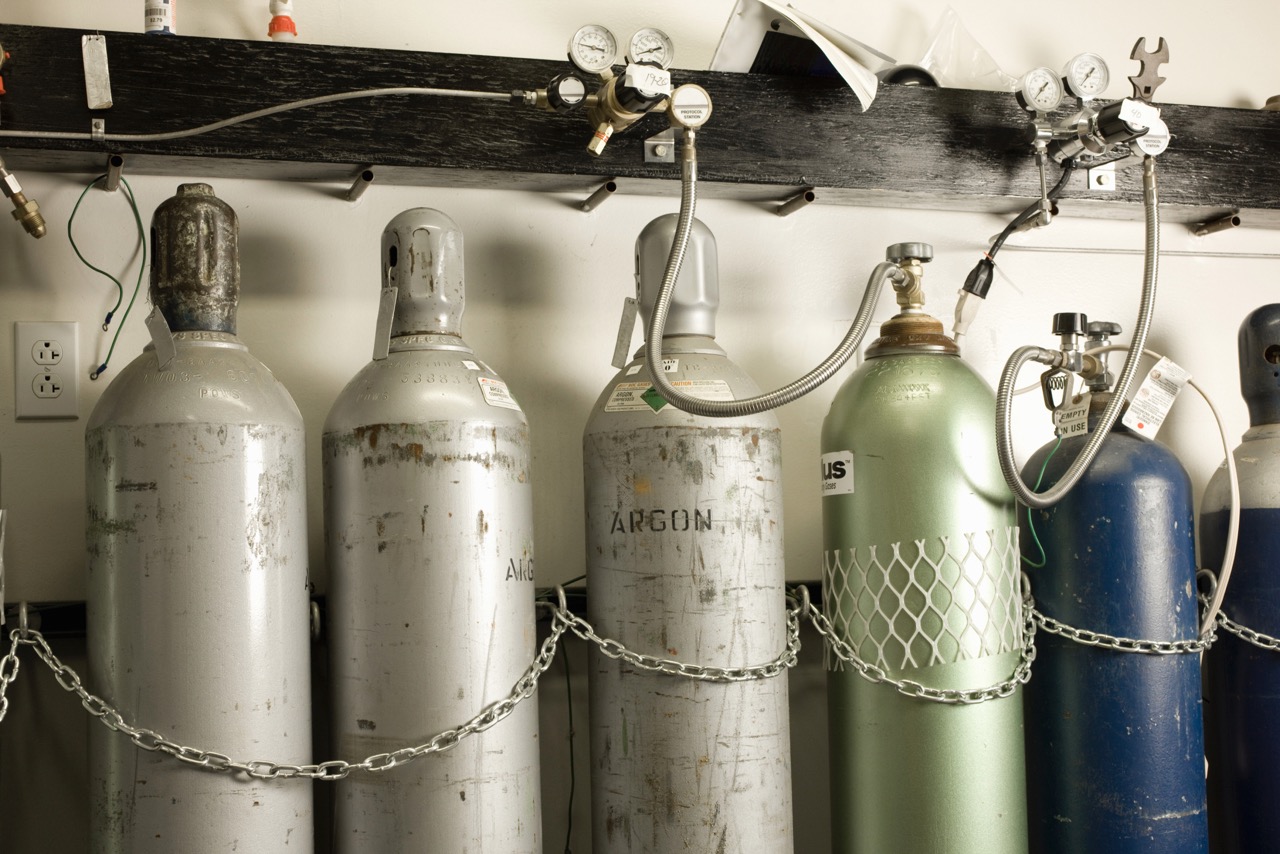

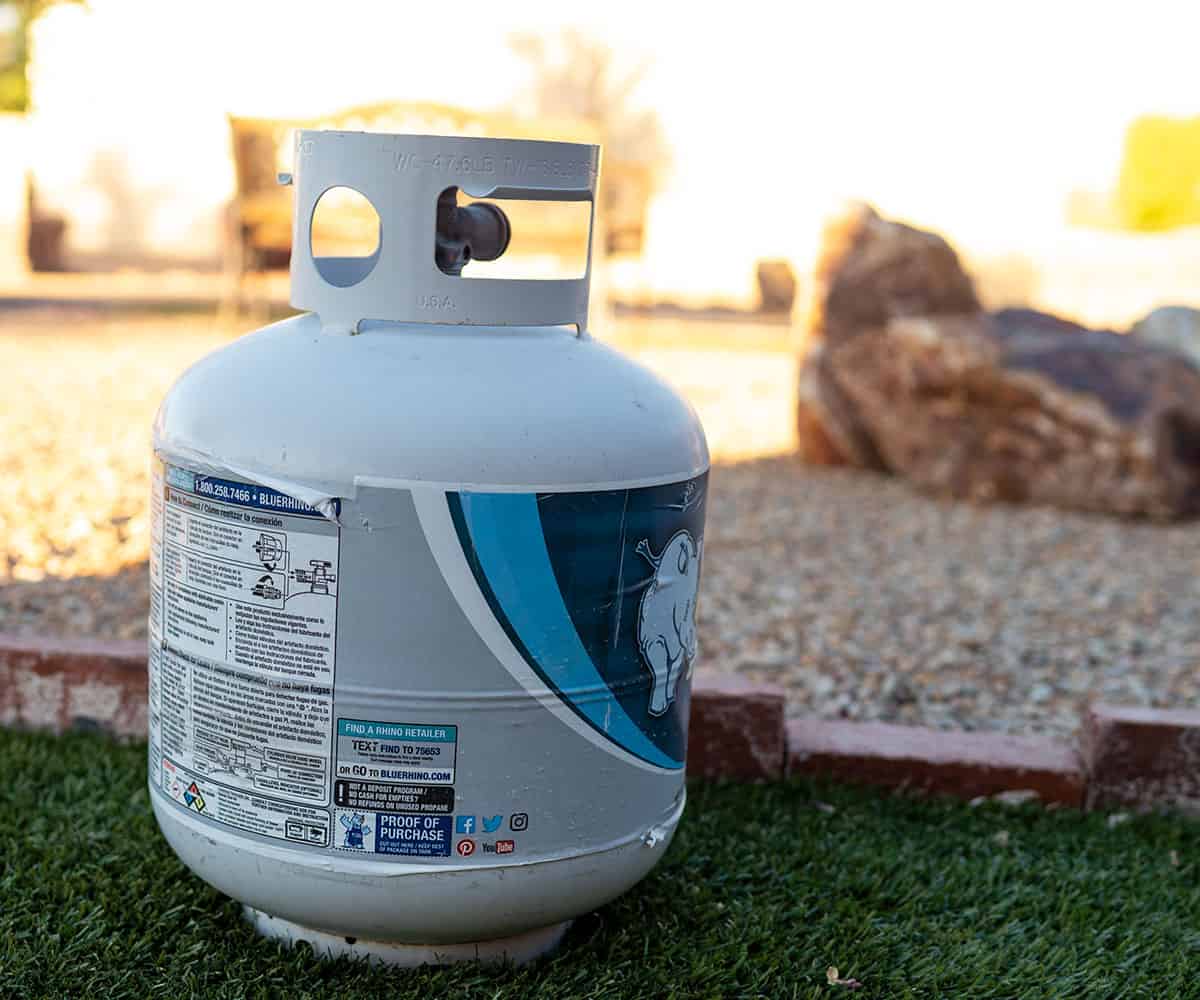

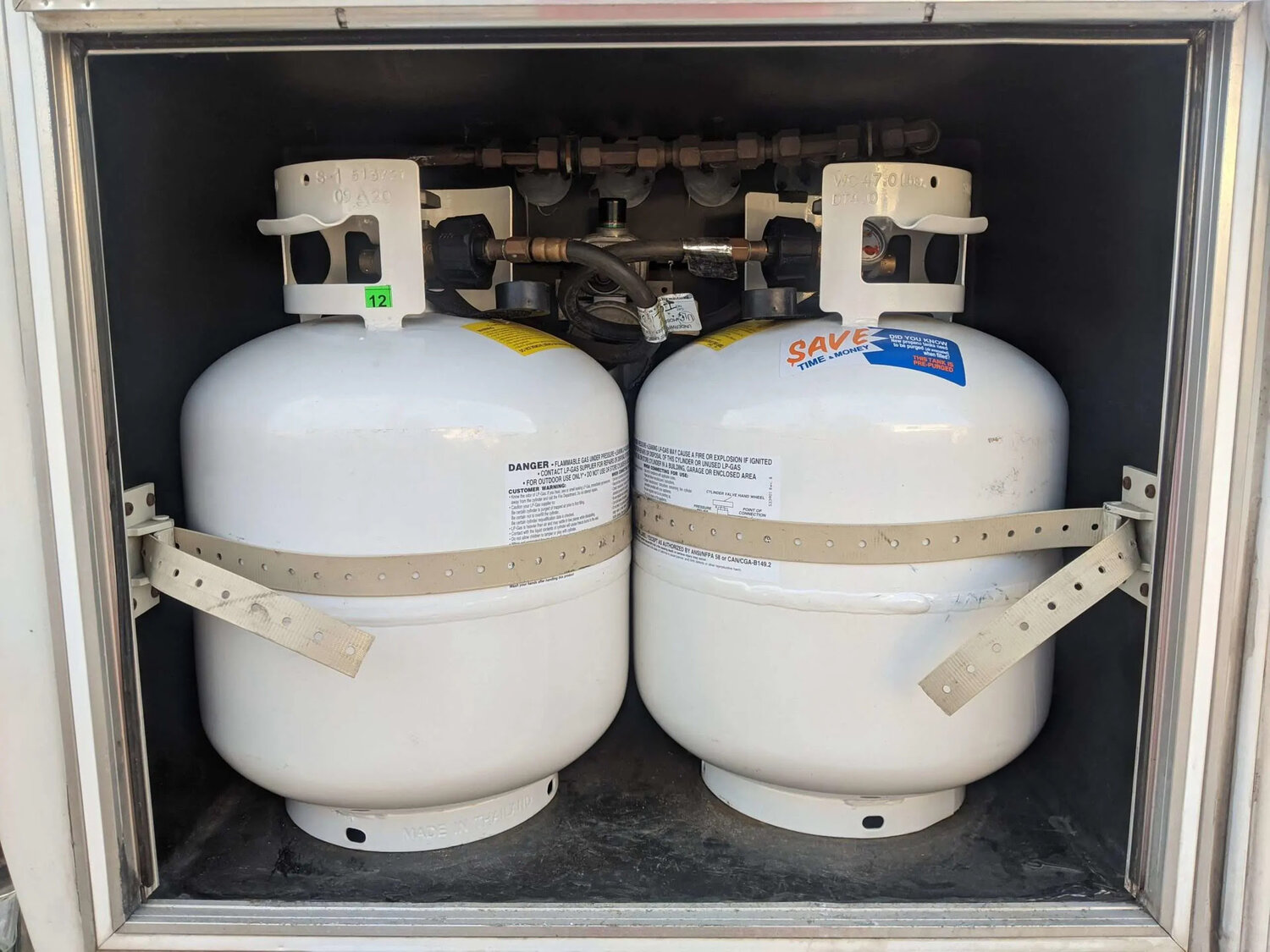
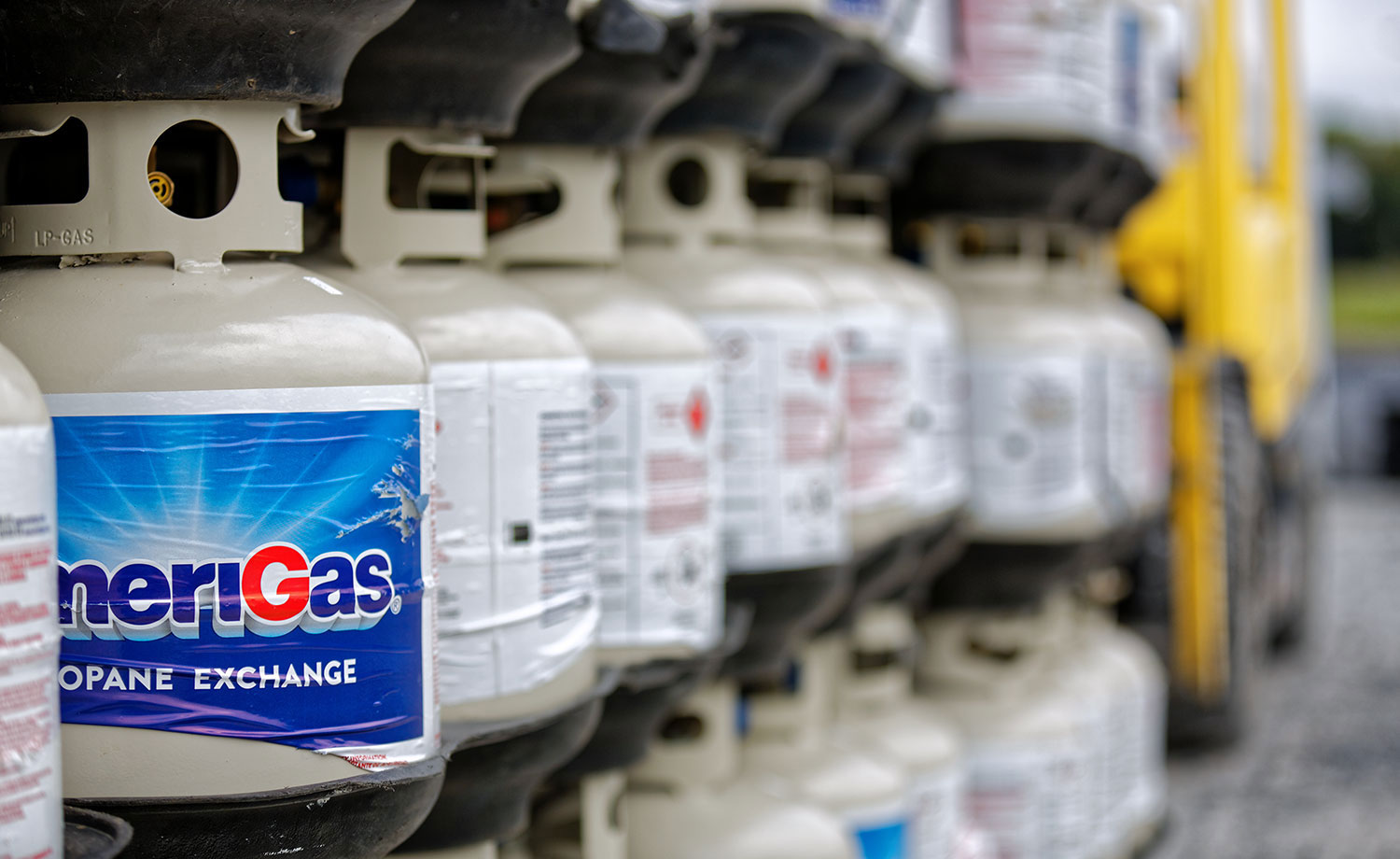
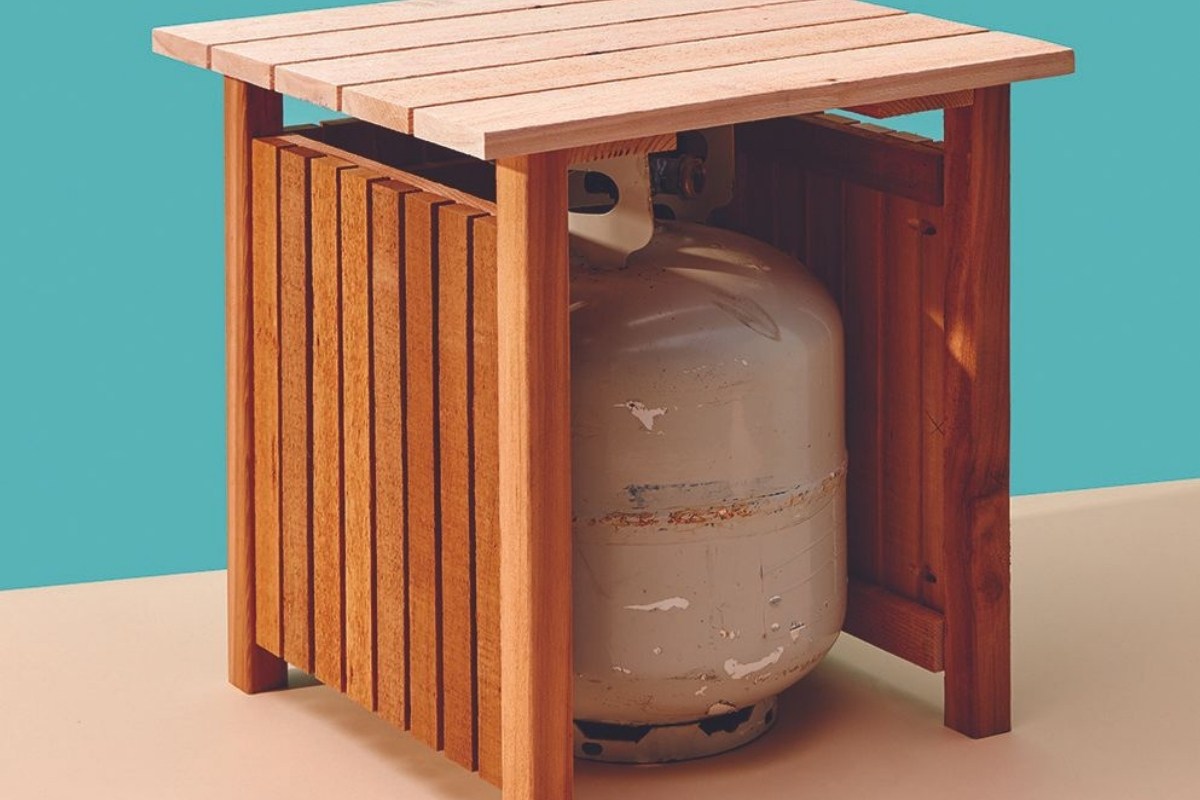
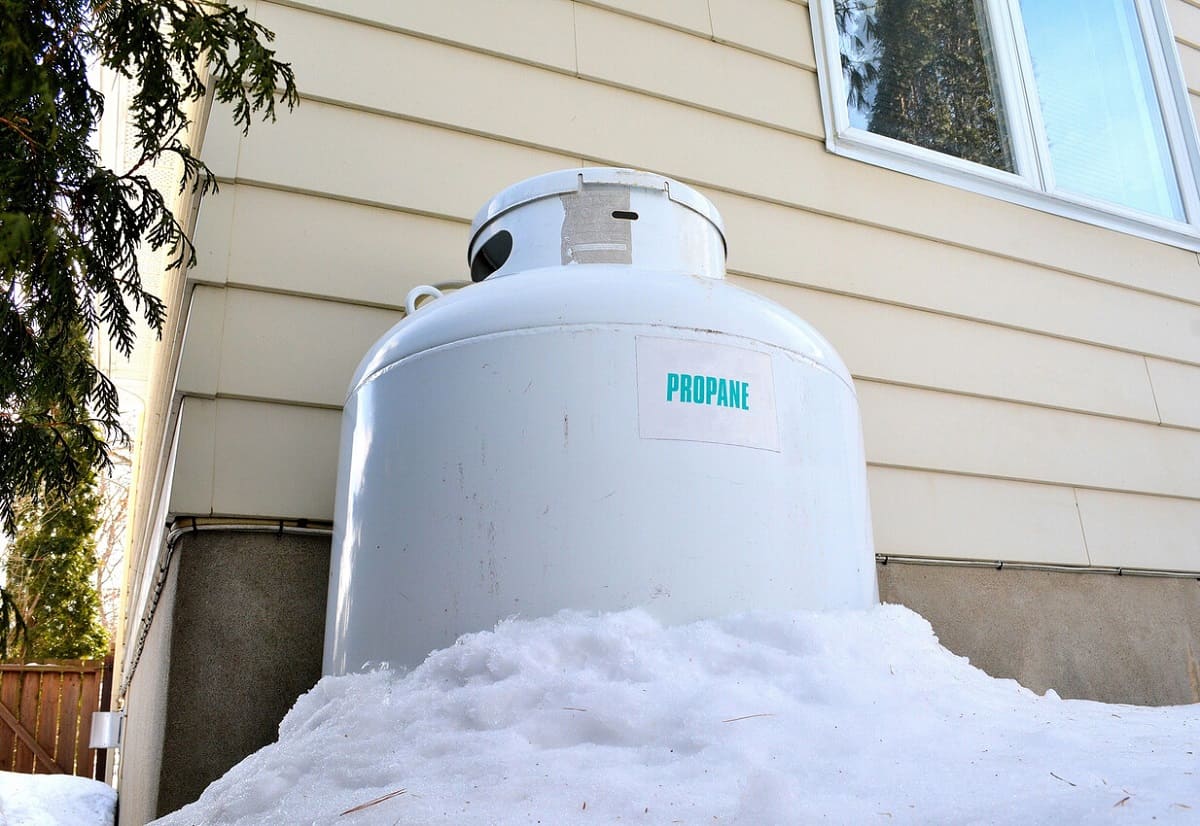
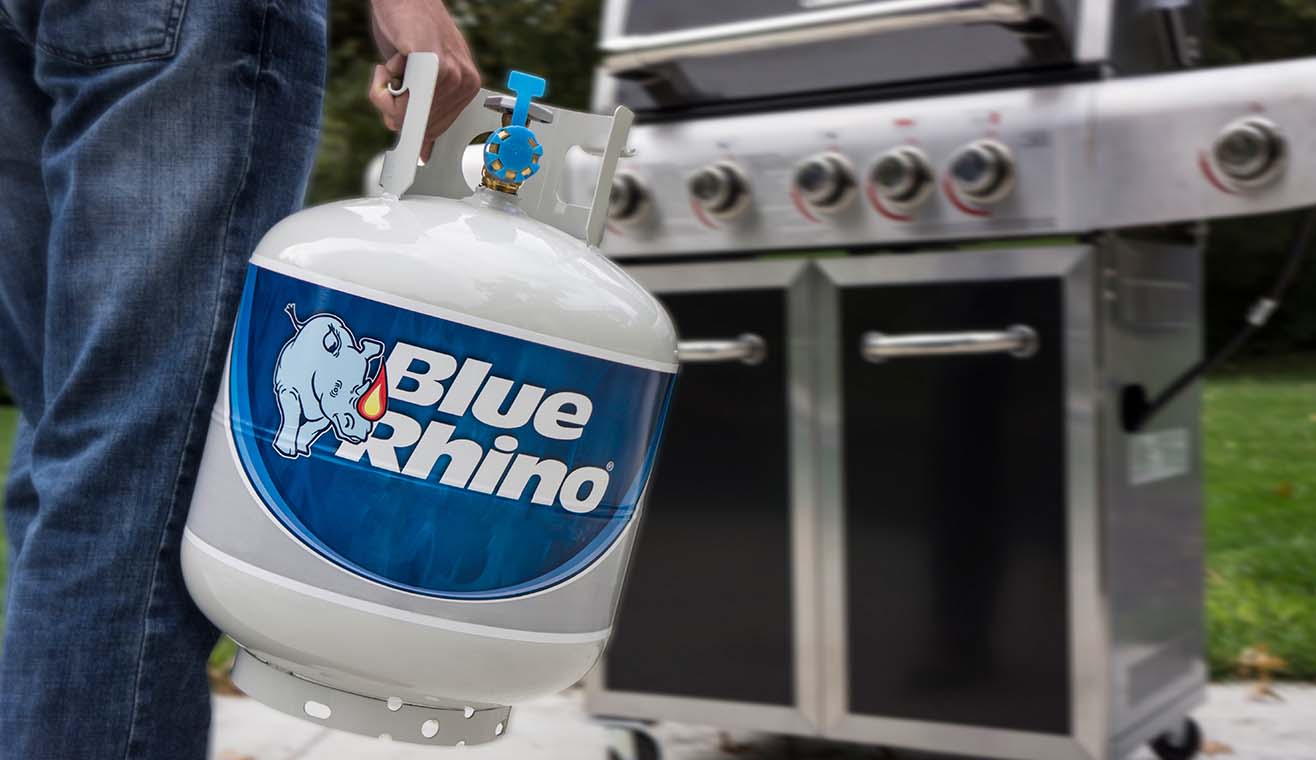

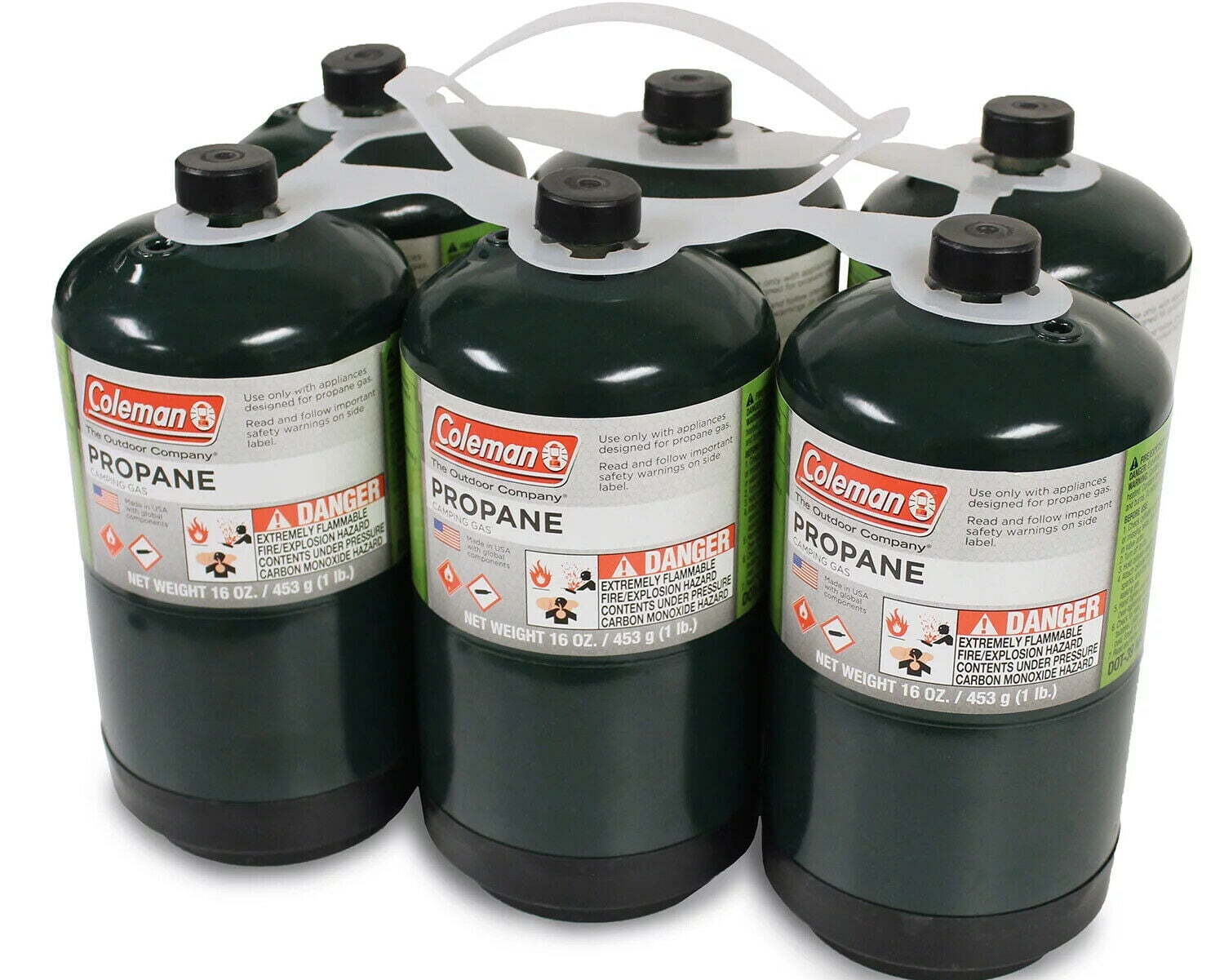
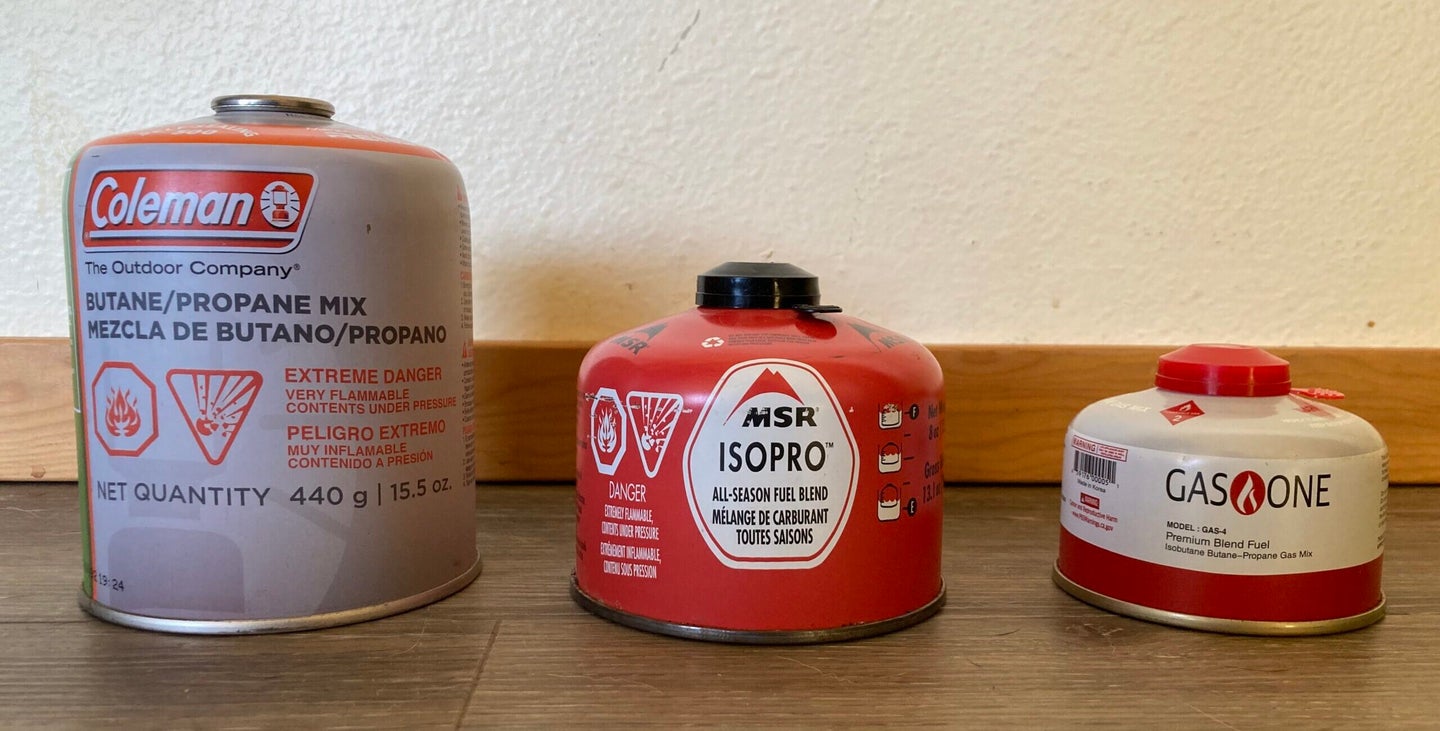

0 thoughts on “How To Store Oxygen Tanks”